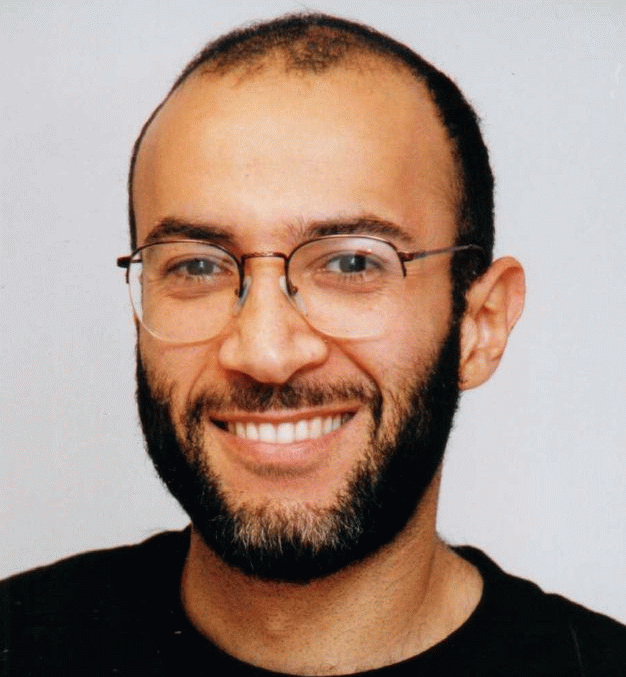Amr R. Abdel-Dayem and Mahmoud R. El-Sakka, "Coarse Segmentation of Suspicious Tissues in Digital Mammogram Images using Bayesian-Based Threshold Estimation", International Journal for Computational Vision and Biomechanics, Vol. 3, No. 1, pp. 41-59, 2010.
Abstract
In this paper, we propose a coarse segmentation scheme for highlighting suspicious lesions in digital mammogram images. The proposed scheme is intended to be used in a multi-stage segmentation paradigm for accurate localization of suspicious masses. The major objective of the proposed scheme is to reduce the search space when further stages search for abnormalities. The proposed scheme uses the image histogram to estimate the Bayes threshold that can segment suspicious lesions from normal breast tissues with minimum probability of classification error. We also present a block-based measure that can objectively assess the computer-segmented images, compared with the clinician-segmented ones. Experimental results over a set of sample images (consists of 50 normal and 50 abnormal cases) showed that the proposed scheme produces accurate highlighting results, compared with the manual results produced by clinicians. It achieves a true positive fraction, a precision and an overlap ratio of 1.0 for the entire fifty abnormal cases (when used in the screening mode). Meanwhile, the 95% and the 99% confidence intervals for the false positive fraction, calculated over the fifty normal cases, are [0.017, 0.183] and [0, 0.209], respectively (when used in the screening mode).
When the proposed scheme is used in diagnosis or follow up mode, we used our block-based measure with 32×32 block size to report the performance of the system. The results shows that the 95% and 99% confidence intervals (calculated over the fifty abnormal images) for the true positive fraction are [0.842, 0.938] and [0.827, 0.953], for the false positive fraction are [0.101, 0.203] and [0.084, 0.219], for the precision are [0.538, 0.691] and [0.514, 0.715], and for the overlap ratio are [0.483, 0.623] and [0.461, 0.645], respectively. Meanwhile, the 95% and 99% confidence intervals for the false positive fraction (calculated over the fifty normal images) are [0.002, 0.078] and [0, 0.09], respectively. However, if we consider all hundred images together, the 95% and 99% confidence intervals for the false positive fraction are [0.062, 0.130] and [0.052, 0.140], respectively.
It is worth mentioning that, the output produced by the proposed scheme represents preliminary estimates that will be fine-tuned using more advanced stages that employ both pattern classification and artificial intelligence techniques (future work).

